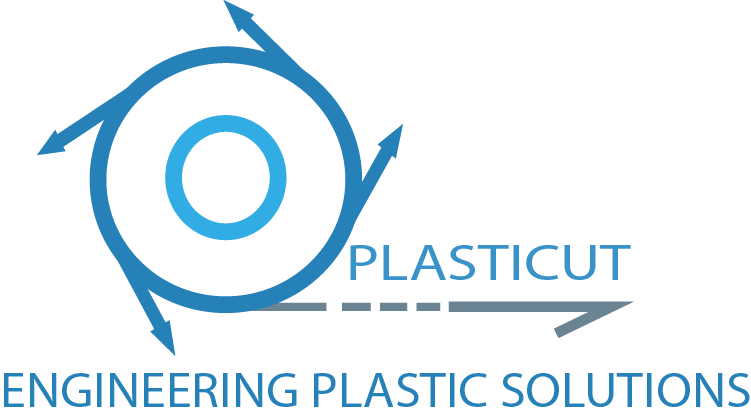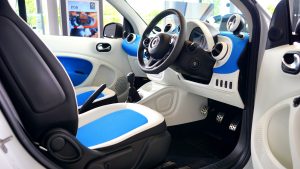Thanks to advances in engineering plastic, car manufacturers are now using plastic materials in new ways. In many cases plastic parts now entirely replace components that were commonly made from other materials.
Formerly all-metal bumpers are now made from moulded plastics. Body panels such as fenders and doors incorporate plastics. Many metal hubcaps have been replaced by plastic wheel covers. Glass headlight covers are a thing of the past. Because engineering plastic can withstand high heat and corrosive materials, they can even be safely used under the hood of a vehicle.
Plastic manufacturers are contributing more to the automotive industry with each passing year. While metal will continue to be important, the use of plastics presents new opportunities to satisfy modern requirements.
The demand for motor vehicles is high – and owners have high expectations for fuel efficiency without sacrificing vehicle size or performance. Fulfilling these competing demands is challenging. Automakers and plastic fabrication companies work together to meet these demands. From the design stage to production, plastic manufacturers play a vital role in creating today’s vehicles.
Advantages of plastics in automotive engineering
Lighter weight vehicles are more fuel efficient. The days of cheap fuel and heavy metal cars are long gone. We all now understand the need to conserve petrol. However, car owners still want the feeling of independence and style that comes from driving a car they love. Today’s plastic suppliers are playing a crucial role in improving fuel efficiency while still providing a great driving experience. The substantial difference in weight between metal and plastic is key to improved fuel economy. As the percentage of plastic used in a motor vehicle increases, the weight decreases dramatically. By using more plastic, manufacturers can produce lighter weight vehicles that use less fuel.
Electric vehicles save even more fuel with the use of plastic parts. The battery area already carries less weight than a traditional engine compartment. Including the use of plastic parts in this area improves fuel efficiency even more.
It’s not just everyday car owners who can gain this benefit. Commercial vehicle owners have high fuel expenses. When the weight of a commercial truck is combined with the weight of a full trailer, expenses of running the vehicle is pushed higher. Plastic components decrease commercial vehicle weight and lower fuel costs.
Plastics also have less risk of corrosion. Everyday road use provides countless opportunities for corrosion on modern vehicles. Road grit and debris can cause tiny scrapes that trap moisture. If moisture maintains contact with the metal, the result is rust. This slow corrosion weakens the metal and compromises the safety and performance of the motor vehicle. The use of plastic reduces the opportunity for corrosion and preserves the life of the part. Plastic will not rust due to prolonged exposure to wet conditions.
The energy-absorbing ability of plastic has been used to vastly improve automobile safety, particularly in the bumper. If there’s a collision, the plastic bumper and other components will lessen the vibration felt by passengers. Instead of being absorbed by human bodies, the impact is absorbed by the vehicle.
Plastic materials also provides more room for innovation. These materials present engineering and design options that do not exist with metal. This increased freedom results in greater creative possibilities.
What is the future of plastic materials in the automotive industry?
The use of plastics in automotive engineering will continue to increase. Innovation will also increase as both customer demands and regulations change.
There will be more ways to use plastics in the engine compartment. This area is known to be a tough environment because of the fast-moving parts and fuel combustion – these factors create intense heat that can warp components. The presence of grease and oil can also damage some materials.
The resistance to heat and corrosion will continue to be a valuable factor in manufacturing plastic parts.
Automotive plastic fabrication will create new opportunities for those with engineering and specialist repair skills. Engineering and handling of these materials require specific techniques, such as injection moulding and plastic welding.
Similarly, after-market repair involves specific skills, such as patchwork and plastic welding techniques, to return a vehicle to service safely and quickly.
Those who work with these materials should see plenty of opportunities to develop new skills.
The use of plastics in automotive engineering is an exciting and ever-changing field. As plastic suppliers and manufacturers continue to develop new solutions, the innovations of today will be the foundation of tomorrow’s lighter, more fuel-efficient vehicles. We specialise in cut to size acrylic and cut to size perspex.

